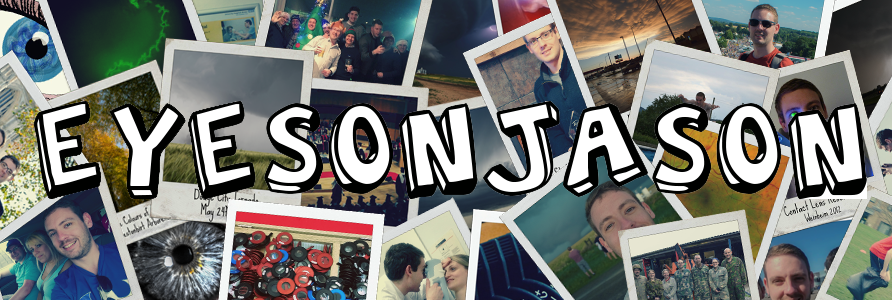Biological Motion
Biological motion is the motion/movement of animals and humans. The human visual system is very sensitive to biological motion and this module will look at what it is and how it works.
It is investigated using point light displays. Point light displays are numerous lights (10-15 lights) attached to an animal or person at their joints and they are then filmed as they walk, run or move about in other ways in the dark. The resultant footage that has been filmed is just of the lights attached following the movement of the person or the animal.
The resultant footage of biological motion can be seen in the GIF below:

Random dots take on form if they follow biological motion
Although these are clearly just a collection of dots, the biological motion aspect of the dots instantly allow us to recognise that they represent a human walking. This shows us that the human mind is incredibly sensitive to biological motion.
Below is a still capture from the person walking above. Can you see how it appears as though that the image just looks like a random collection of dots? It is only when they start moving with biological motion that we are able to identify what those dots form.

Random dots stay as random dots if no biological motion occurs
Interestingly, it is not only actions that are easily identified during biological motion, but also a whole range of other details can be recognised. Often we can detect gender and mood from the motion too, with the results picked up on a point light display.
Most biological motion is based on our knowledge on humans and animals move. It is thought that the ability to be drawn to biological motion develops in infants at about 4 months of age, where studies have shown that infants are drawn to this motion over random dot motion at this age.
THIS CONCLUDES THE UNIT ON BIOLOGICAL MOTION
